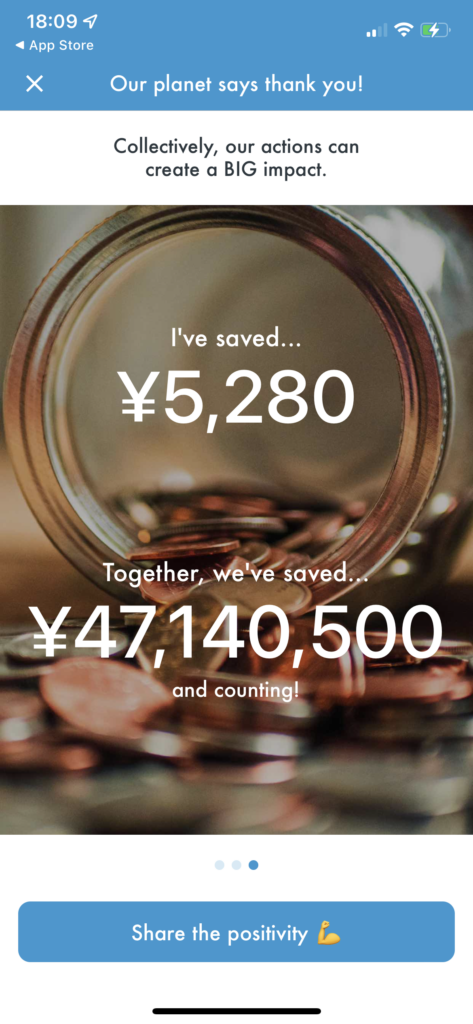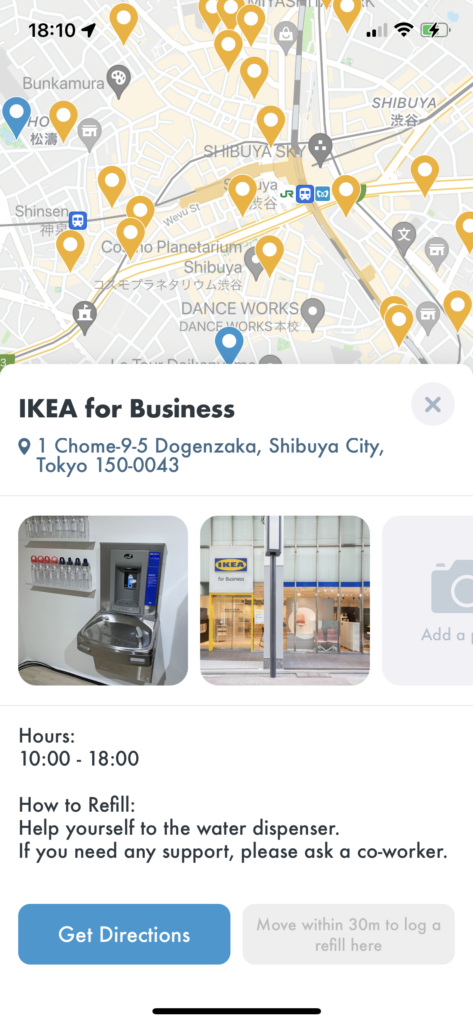Understanding Data and User Behaviour to Encourage Sustainability Through Technology
How to use technology to save the world!

January 2022 will mark the one-year anniversary of joining Team mymizu. I reached out to them because I wanted to be part of their amazing movement in whatever small way I could, but in the past year, I have been able to do so much more. It has been an amazing journey, and when Mixpanel reached out and was interested to know more about how we leveraged tech and data to build a more sustainable community, I was really happy to share my thoughts and learnings.
The following is the transcript of our conversation, and the original post can be found here
P.S for the Japanese version, you can click here
Every day, 69 million PET bottles are consumed across Japan. This prompted the founding of mymizu, a social enterprise that aims to reduce plastic use. As the first water refill app in Japan, helps users to locate over 200,000 refill spots worldwide so that users wouldn’t need to buy bottled drinks, and contribute to the waste problem.
In this latest installment of our Ask an Expert series, we spoke to Tanmay Goel , Pro Bono Product Lead at mymizu and organizer of the Product Tank Tokyo community, to find out how they built their product vision, how they encouraged active usage, and why data and metrics matter for startups.
Tell us a bit about mymizu. What behaviour are you trying to get your users to adopt?
Our founders wanted to reduce the use of single-use plastics since it was the main source of plastic waste, so we started using open-source information on the location of free water refill sources like water fountains, to create maps of where they were.
The idea is that people can get water at these spots and won’t need to buy bottled drinks and generate plastic waste. We quickly took it further because we realized that lots of cafes and family-owned restaurants provide water to customers for free, and we were able to organically onboard more than 1,600 such small businesses in Japan onto our platform.
Our app helps people find these refill points. This connects members of the public who want to be sustainable to suppliers who want to support the cause.
How did you translate the founders’ mission into a product vision?
The first thing I did was to have open and honest conversations with the team to map our vision and what we would do from a product perspective to achieve that.
For example, we want to reduce plastic waste in Japan and be more sustainable. Everyone should be able to head out without needing to buy a bottled drink again because they know they’ll have somewhere they can just get water. This should become a habit.
From a product perspective, we started thinking, how do we use our app to do this? It became clear that we need to make it fun and addictive for the users to build a habit, so we need to measure things like, how many people are refilling their water bottles and how many refill spots do we have.
Once we decided on this, the product decisions became easier. We knew which features we had to build and how we would improve our KPIs. I think the product vision is important because execution is easier if you have something to align to.
How does this differ from large commercial enterprises?
My experience in larger commercial companies is that the metrics are very business-focused. It can be hard to stay true to the original mission of the company from when they started decades ago.
Being a startup and one with a social mission, we’re a lot more concerned about staying true to our cause. We believe that business metrics are important, but we also believe that if we focus on creating change, the business opportunities would come on their own. This has worked in our favour till now, so our focus remains on our social mission.
In general, when startups are starting out they can have huge surges of power, like when they receive a round of funding. This allows them to focus on getting closer to their mission. At some point in time, they would eventually grow into larger companies and their metrics will change because instead of growing the business, they need to sustain it. This evolution of metrics is a part of growing up as a company.
What features did you build to encourage users to build a habit of using water refills?
Initially, users only opened the app when they wanted to find a refill spot or they remembered to track that they did a refill that day. People had no reason to open it on a daily basis and they just forgot about it.
I felt that we need a way for people to have a reason to open the app every day. That’s why we built the “your daily mizu” feature. This shows users data that they care about. They can create and track their daily water goals, and achieve streaks when they hit their goals back to back. It’s a step to gamify the experience. We also show them how they contributed to the overall cause by showing them how much carbon was reduced and how much money was saved.


This really helped us to increase the number of daily active users and get people to build a sustainable habit. It took us almost 16 months to reach the first 100,000 bottles saved but after this feature was launched, our core metric of bottles saved per month increased by 400% in just three months. Within 6 months of introducing this feature, we are now at 450,000+ refills. This equates to 150,500+ kg of CO2 offset and almost 50,000,000+ yen (US$430,000+) saved for our users .
What are some of your future plans for the product?
We think that the maps of refill spots could also be used in different ways. For example, it’s a great way for users to discover cafes and restaurants that share the same sustainability beliefs as they do. Since we want to exponentially increase our refill partner network. We may also start gathering data around how users are interacting with the refill spots, to track the impact/footfall of mymizu users towards local business. For example, how many mymizu users are visiting certain cafes, are they supporting the cafes by buying things or sharing them on social media, etc.

The partners are on our platform because they believe in our mission, but showing additional business benefit from the mymizu users footfall would incentivize more partners to signup with us and take us closer to our mission.
We also want to expand on the gamification aspect of the app. If you’re trying to be sustainable, the effects of your efforts may not be instantly visible. It’s a long term thing. Users need something to keep them going. So if we do things like rewarding users when they add a refill spot, it helps to drive our metric of having more refill spots listed, but also helps the users stick to their sustainability habits.
Lastly, how important is it for a startup to think about data and metrics?
Many founders are too busy running the company, (rightly so), to sit and play around with data to understand what’s going on with the product, and how they can leverage these insights. They’re sometimes not sure how much it helps especially when the startup is building in a very agile mode.
They may not be immediately aware of how big a role data plays in every iteration of the product . These are digital products, not a car or TV that once it’s built, it’s done. You have the liberty to improve the product even while it’s still in the user’s hands. You can’t just do that on a whim. You have to understand from qualitative and quantitative data how you can improve the product.
Also, when you have 50 things you want to build, you need to be able to prioritize. Nobody has the sense to hit the bullseye with everything they build. Is this going to solve an issue for just 5% of my users? How important is this 5% of users for my business? You need data to support your ideas and decisions when speaking to your key stakeholders.
About Tanmay
Tanmay is a product manager who’s passionate about building great products. Originally from India, he moved to Hong Kong to complete his studies and subsequently took up an exciting challenge to work in Tokyo with Rakuten. He actively contributes to the product management community as an organizer of Product Tank Tokyo, the largest product community in Japan. Tanmay loves connecting with others to talk about product, sustainability-tech, and Japan in general. Connect with him via Linkedin here.
Originally published at https://mixpanel.com on December 24, 2021.
